Behind the glitz and glamour of the film industry lies a secretive world of film financing that is often overlooked by the average moviegoer. Financing a film is a complex and multifaceted process that involves a delicate dance between creative vision and financial pragmatism. At its core, film financing is about securing the necessary funds to bring a cinematic vision to life, and it is a high-stakes game that can make or break a project. One of the primary sources of film financing is through major studios, which have deep pockets and the resources to fund large-scale productions. However, even within these studios, decisions about which projects to green light are often shrouded in mystery and influenced by a combination of market trends, executive opinions, and the ever-elusive formula for a successful film. Independent filmmakers, on the other hand, navigate a more precarious landscape, relying on a patchwork of funding from various sources.

Ryan Kavanaugh Film financing often involves a combination of equity and debt financing. Equity financing typically comes from investors who are willing to take a risk in exchange for a share of the film’s profits. These investors can range from wealthy individuals and production companies to hedge funds looking for alternative investments. The allure of potentially striking gold with a blockbuster motivates many to participate, but the unpredictability of the film industry means that returns are far from guaranteed. Debt financing, on the other hand, involves borrowing money with the expectation of repaying it, typically with interest. Studios and independent filmmakers alike may secure loans from banks, production companies, or even foreign investors. The success of a film at the box office often determines the ability to repay these loans, adding an extra layer of pressure to an already risky venture. In some cases, filmmakers may also secure pre-sales of distribution rights to help cover production costs, essentially selling the rights to their film in advance to secure funding.
One of the most secretive aspects of film financing is the involvement of private equity and high-net-worth individuals. Wealthy backers often contribute significant funds to a project, but their involvement is rarely publicized. These silent partners may have a personal passion for the arts or simply see investing in film as a diversification strategy. The relationships between filmmakers and these financiers are typically shrouded in confidentiality agreements, and the extent of their influence on the creative process can be difficult to discern. In recent years, crowdfunding has emerged as a unique and democratic form of film financing. Platforms like Kickstarter and Indiegogo allow filmmakers to pitch their projects directly to the public, encouraging fans to contribute small amounts in exchange for rewards or early access to the finished product. While crowdfunding has enabled independent filmmakers to sidestep traditional financing hurdles, it also introduces a new set of challenges, including the need to manage public expectations and deliver on promises made during the fundraising campaign.
